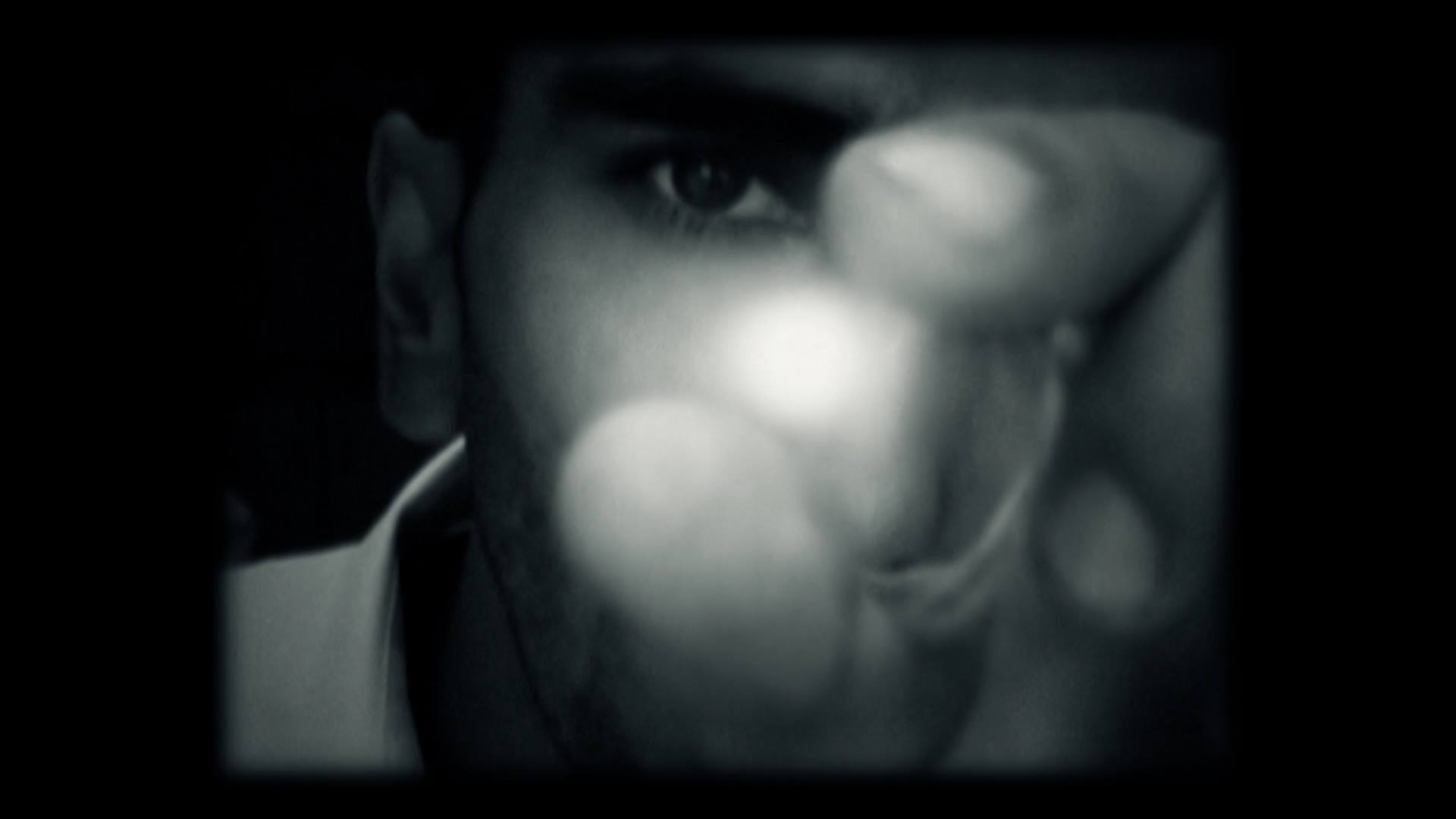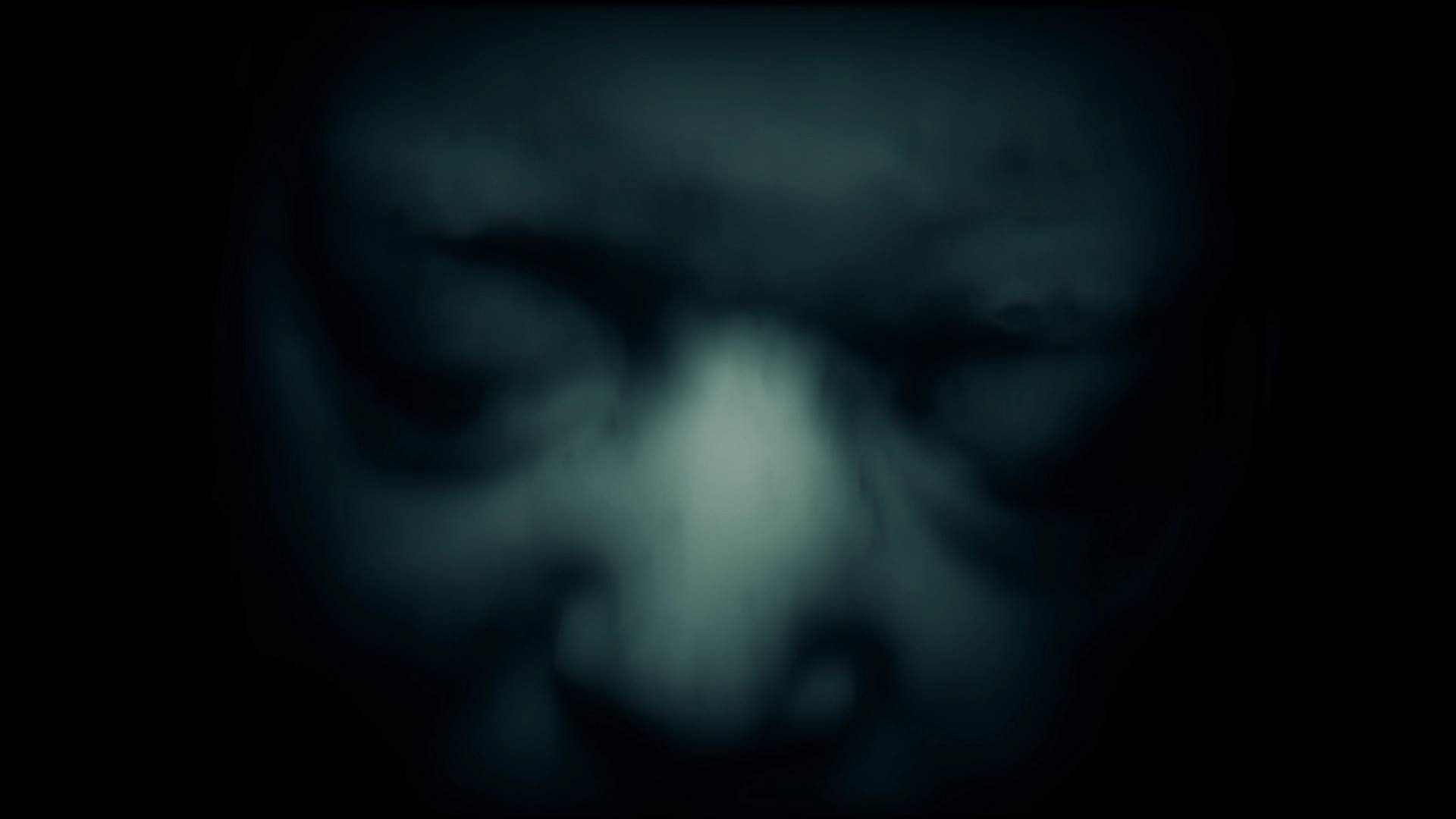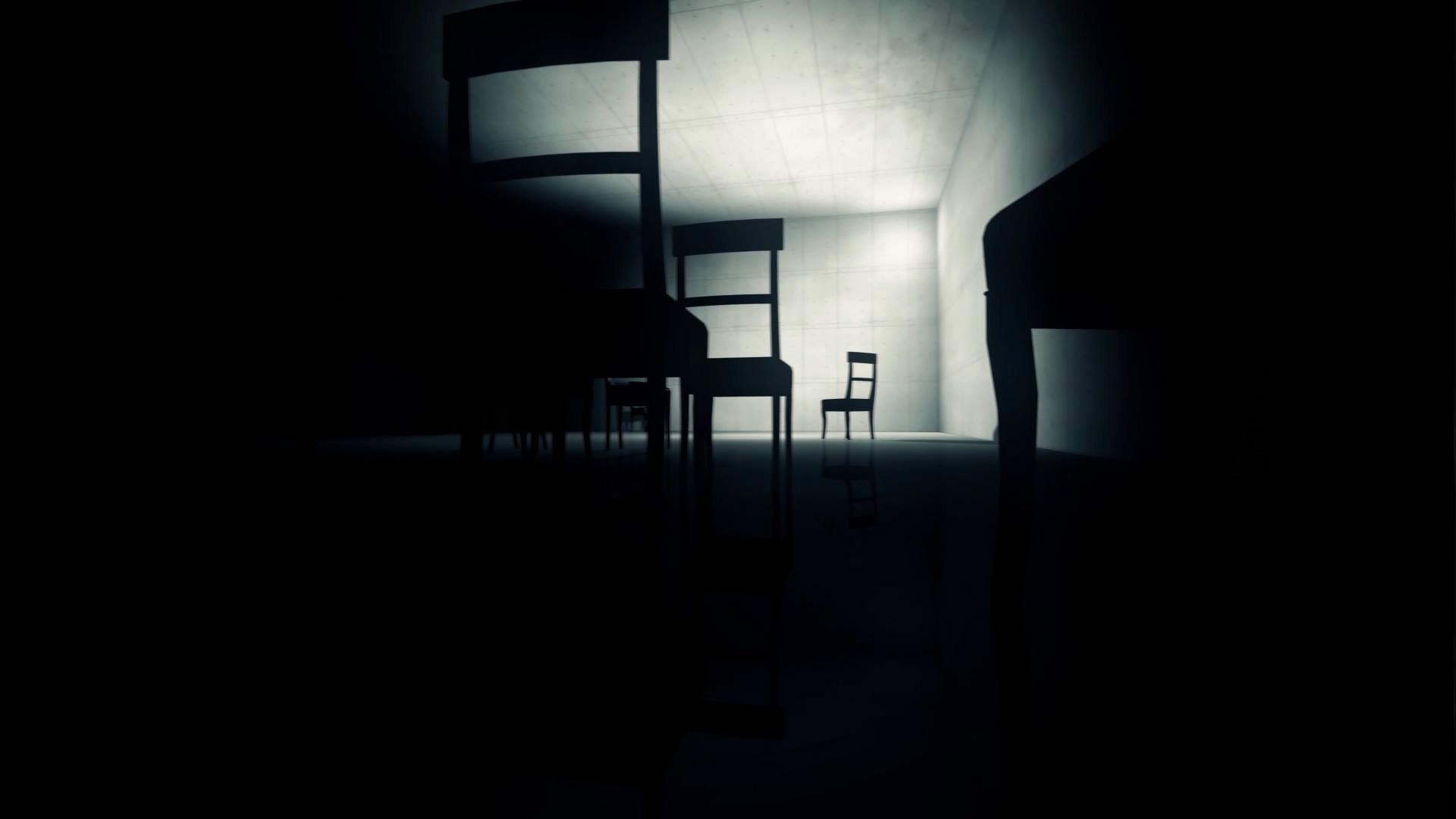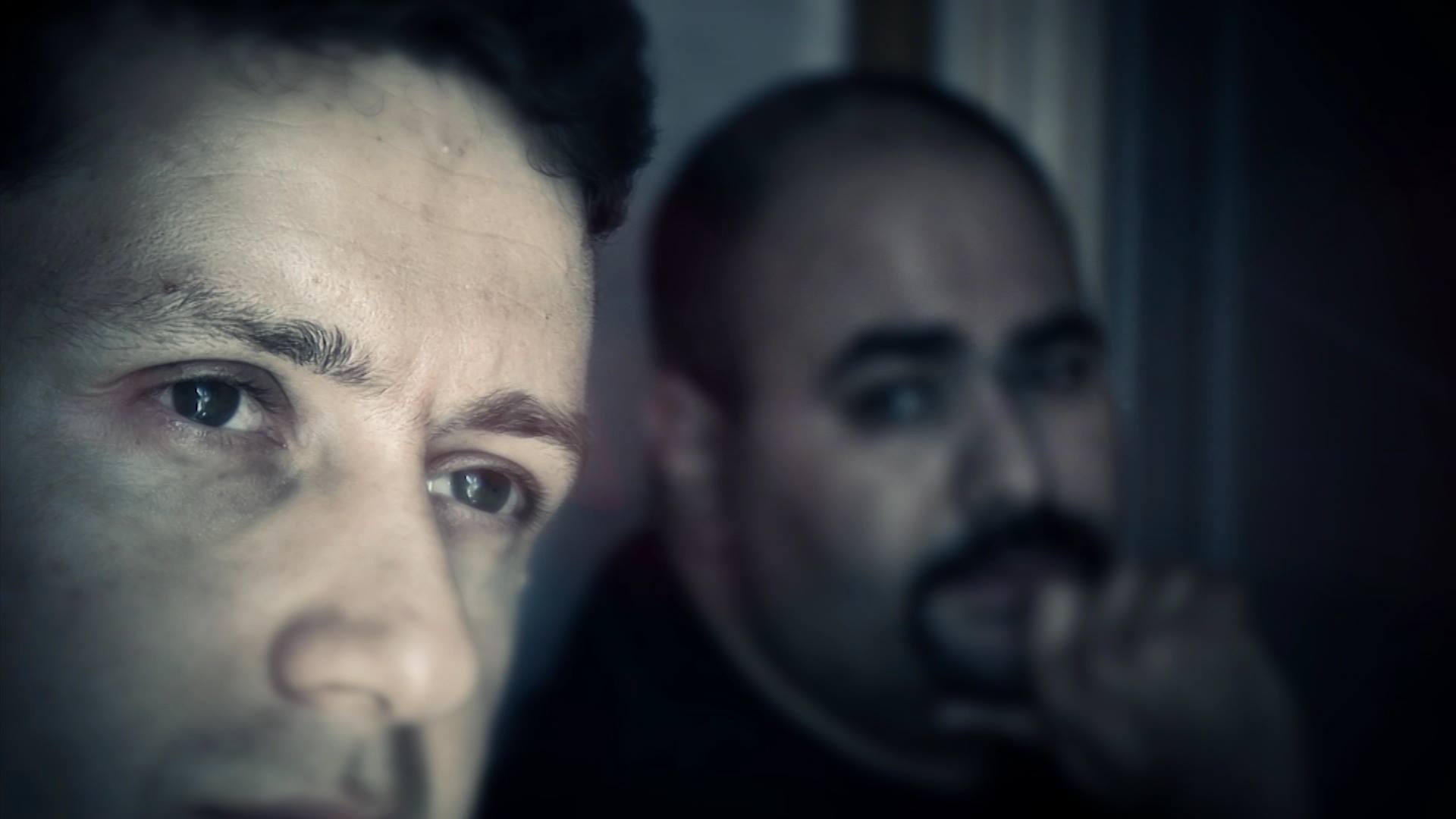Contemporary World Cinema is more multifaceted than ever. Incorporating innovative techniques and approaches from related areas of screen culture expanded the scope of contemporary cinema in terms of understanding film language. Just 30-40 years ago the “big cinematography” had a recognizable format and syntax as well as traditional attitude to the narrative structure of the film as a visual analogue of a literary work. And the film as well as theatrical play or literary work has ascended to a high dramatic scheme, which was based on the “Poetics” of Aristotle. This factor has united most of the films produced in different countries and on different continents. Only little groups of people were aware about the existence of cinema avant-garde and experimental cinema, which in it is predominance for the non-linearity and radicalism in the area of the movie language opposed itself to a big film industry. These followers either were engaged in that type of movie making themselves or were close to the artistic societies who produced these type of films.
But with the arrival of the digital technologies and with the innovative changes in the area of electronic media as well as with the advent of the Internet, the situation in movie making has radically changed. Speaking about contemporary cinema more of the terms like “screen culture”, “audiovisual art” or “expanded cinema” nowadays spread into culturology. It means that within the last two decades traditional cinematography has absorbed all kind of technical, aesthetic and stylistic discoveries and breakthroughs in the field of audiovisual art, TV, commercials, video clips, video art, and experimental cinematography.

Cinematic forms of “expanded cinema” as the most radical wing of the art house now showcases not only in movie theaters but also in the museums and at the exhibitions. In this interdisciplinary field at the intersection of film and other arts, in my opinion most interesting things that substantiate the breakout beyond the established conventional formats take place. But what is interesting is that on the one hand, it is believed that the avant-garde experimental resource exhausted itself , because all that could be invented is already discovered and over invented and only remakes and remixes are remaining for the modern cultural figures, but on the other hand, one could assume, that introduced by postmodernism doubt about the creation of any possible new or original idea might refocus the attention of creative people toward more delicate matters in the production of the “intangible” knowledge.
In connection with that, creations of young film director from Azerbaijan Rauf Khalilov are very interesting and symptomatic. Working in the format of experimental cinematography that is considered by definition, marginalized and closed on itself, Rauf Khalilov nevertheless through the recombination of existing stylistic and conceptual methods gropes his own very personal communication strategies with the audience. It should be noted in this regard that experimental cinema because of it is specific laboratory approach don’t really spare the audience who in turn respond with disbelief to this type of films. Later on we’ll return to that important aspect, but first we’d like to note that Rauf Khalilov represents himself as an interdisciplinary creative figure. He graduated from the Azerbaijan State Academy of Fine Arts and his primary specialty is art-design. For a few years Rauf has been seriously involved in music composition, performing sound designing and writing score for his own films. Rauf records his own albums as an independent musician.
The combination of the artistic and musical abilities in one individual can be very beneficial for the career of a film director. Despite the fact that film is created on the basis of literary script it’s an audiovisual work in the first place. No wonder the famous Russian film director Andrei Tarkovsky, compared it is polyphonic compositional structure with the structure of a musical piece, not to mention the importance of the visual component – in many encyclopedias the movie is described as the branch of the visual arts. Being both an artist and a musician RaufKhalilov as a film maker has an important benefit that reflects on the temp and rhythm of the movies. If in fact we say that in most of Rauf’s films he holds a position of cinematographer, editor and graphic designer (3D graphics), we can talk now about the strong auteur cinema, which is supported by Rauf’s growing professionalism and perfectionism. In this case let‘s make it clear. Despite the fact that many films of RaufKhalilov can be identified as video art films the author positions himself as a filmmaker. It coincides with the opinion of the famous Russian film expert and specialist of culture studies Kirill Razlogov, who said that in contemporary audiovisual culture, where everything is very controversial and uncertain only author himself is to determine the trend of his film as a work of video art, documentary, or feature film.
Let’s go back now to the subject of the communication strategy with the audience that largely determines the tone, style and creative concept of Rauf Khalilov‘s movies. This strategy, I would call, conventionally post conceptual dialog strategy that combines seemingly incompatible origins – the spirit of radical art film, and intentions of the “commercial” cinema that go back to the practice of the Hollywood studios. No wonder that Rauf’s favorite contemporary director is a British film director and producer Danny Boyle who in his creations successfully combined spectacularity and the openness to the unexpected experiments in visual language. What does this mean? We mentioned that experimental films are not quite viewer friendly. In retrospective, almost throughout the last century experimental film directors were mainly involved in the delights of formal attempts in search of the forms of surrealistic meditation. Or of the celluloid specific base with all it is living and vulnerable texture (structural film). The depicting of clean nature and games with time (Andy Warhol). Conversion of abstract expressionism of the moving images (movies S. Brehindzh and absolute). Translating dreamlike, hallucinatory realities into the film language (Maya Deren and trance movies), etc. In all of these, in fact, laboratory experiments the stumbling block was the movie itself, film language, stressed by the authors’ narcissism of the film flesh. But not the viewer who in the most radical film experiments was not included. For example, who of the sane could have had the patience to watch hours of Warhol film opuses, in which nothing happened. The addressees of movie-experiments were either the creators of the films or critics or a very narrow circle of connoisseurs and admirers. In short, the artistic bohemia. This approach can be called a monologue in which an artist-director reveled by the process of self-expression and it was important for him only to speak and to hear the sound of his own voice. Any attempt to compromise with the viewer’s perception was considered unacceptable and was regarded as a step towards commercial, mainstream cinema.

But the era of the purely formal searches was over – everything has already been invented and formalistic experiments, inheriting the spirit of early avant-garde of the last century smelled outdated. Today we live in post conceptual time when even in an experimental environment of expanded cinema it is not self-reflection with infinite recombination of film elements’ plastic forms, but the ability to rehabilitate a sincere desire for a dialog with the audience like with the interlocutor and even further like with the coauthor, taking in to account that the creation of the film in it is final form is composed in the mind of a viewer. And at this point Rauf Khalilov’s mostly intuitive approach is really interesting. He as the experimenter made each film as a complete, consistent and open artifact addressed to those who watch it, to the viewer – the subject of perception. This is called dialogic approach. Director is least interested in searching of the pure form. He understands that all that can be invented in this sense has been essentially invented, and further research in this area will lock up the creative process all by itself.
In other words, Rauf Khalilov seeks an acceptable way of dialogue with the audience and thus perceives his own products as an important form of communication.
Let’s see how he does it. It has to be mentioned that almost all audiovisual works of Rauf Khalilov to date are short films . He directed his first full length «Ideal World» just recently and it is currently in post production. They are pretty short in terms of timing, and pretty capacious in terms of the meaning of work. The main problem here is not a story, not a tale, not even a narrative structure, but it is a concept, the idea, the compressed meaning or plot. It fits the creation of the director into the mainstream of post conceptual current trend. It is important for the author to throw the seed of thought into the either conscious or unconscious mind of a viewer. For this reason, he abandons the popular among many independent filmmakers idea of atmospheric installation, which lengthens the frame, enveloping the viewer into a hypnotic fog of a “stopped time“. Khalilov prefers brevity, conciseness and asceticism. Rauf is fully aware of the changing mode of perceptional viewer, who is under the constant influence of ubiquitous cliché thinking that fixates his attention and does not let long focusing on a single object. Therefore instead of breathing more air into the films, he rather abruptly cuts them on mid-sentence, forcing the viewer after receiving the impulse to think out the rest. This demonstrates the kind of interactive work between director and the audience. With the seed of the meaning thrown into his mind, the viewer after watching the film starts to interact inside of himself. Hence the work of the director with the audience after the film ends is not over, but only begins.
Author prefers monochromatic visuals and even when working in color he handles it the way so that it looks shadeless and he also often uses stroboscopic light effect – pulsating flicker film in his works, that resembles the texture of a damaged vintage silent movie. Thus, it appears that the author seems to deliberately “prevent” the viewer’s perception, destroys his habits of perceptive conformism and subconscious craving for entertainment and glamor. Given all this he with the help of suggestive series of sounds and selected plot that contains narration about problems in the society director still gets his way. Well-developed form of asceticism and calibrated tempo rhythm of the film draws viewers’ attention to the very goal of the movie it’s meaning. According to the director, nothing should take the viewers attention away from the perception of the concept.

Film «The chairs» that participated at Venice Biennial Festival in 2007 and 64th Cannes Film Festival which was entirely made in 3D graphics, would serve here as quite a good example.
To our eyes In a sort of restricted space opens a very austere picture – a couple of chairs. The voices of very arrogant and confident people in power from the past and present time are heard over. Either dictators or just heads of states. Suddenly it reminds of a connection. The chair, as emperor’s throne symbolizes the power, or legitimate violence. Toward the end of the film the number of chairs increases, which emphasizes the idea of the continuity of the discourse of power – of past, present and the future. Nothing changes. History teaches us nothing. One despot replaces another in this Samsara circle. And it seems to be irreversible. But is it? Recalling Carl Jung’s analytical psychology film “The Chairs” could be interpreted as follows. The Swiss psychoanalyst talking about the phenomenon of so-called psychological inflation, when people are being identified with ones high position. In our case it is the chair. Once one loses his position, he is destroyed as an individual, meaning that the symbolic power of chair, throne is stronger than personality of a human being.

There’s another Rauf Khalilov’s short film called «Stability». It also participated at 65th Cannes Film Festival in one of the programs. In this short film Rauf Khalilov has shown a dialogue on everyday life stability between two friends. In fact the entire film consists of 3,4 assembly stitches. Again, it’s all very moderate and understated. No details are shown for it does not matter for the director where and when the dialogue took place. The characters’ personal details are all behind the scenes. The main goal is the subject itself. Within a few minutes of screen time we are imbued with the dramatic problems of the modern world, where no one can guarantee us any kind of social stability, where everything is so fragile and defenseless that even someone who once was confident and successful can easily lose everything overnight and have his whole life up in the air.
The same creative strategy can be seen in another Rauf Khalilov’s short film «Morning Starts At 00:01 a.m.».
The theme of the movie is death. Once again we see the monochromatic visuals and we hear nervous music that penetrates the deepest cell of our subconscious. No philosophical or metaphysical discourses that could dilute the effect of a direct meeting with the cold inevitable and unavoidable end every mortal will face. No profound visual reasoning on such a high and tragic topic. No affectation and bare emotional background. Only rigid still frame images of lifeless artifacts made on the verge of criminology or necrophilia “aesthetics” – creepy-sterile, cold and unemotional traces of the work done by death. Everything else should develop in the heart and mind of a viewer. Director only injects the traumatic impulse of de-energized, lifeless atmosphere in viewer’s perception. In my view he hits a bull’s eye in the “brain” of the recipient.
The thrifty, capacious, non tolerant to excesses, strategy of director Rauf Khalilov, imbued with the spirit of Anglo-Saxon movie aesthetics and coupled with the social problems seen in his works speaks not only about his potential as an experimental filmmaker, but also about the opportunity in a best sense of the word to apply those techniques to more complex strategies in feature films in his further career. Rauf Khalilov is never going to lock himself in the bohemian art ghetto and always responsibly builds his career as a director, artist and musician. He has such prestigious film festival participation as Oberhausen 2004 and Cannes 2011-2012 under his belt. He also took part at the largest forums on contemporary art at Venice Biennale 2007. Rauf releases his music albums as well as he works on the music video. Recently as a film director Rauf Khalilov made his first full-length «Ideal World», that shows the increasing of complexity in his creative goals and allows him to appeal to more traditional forms of the film narration. In any case, it is clear that an appeal to the full length movie making will bring Rauf’s career on a new loop. Who knows, maybe all of the experimental film experience Rauf Khalilov has up to now made it possible to hone his skills and develop his own style and personal film aesthetics and will only benefit his career in the “big cinematography”. But that is another topic. The main and foremost is that Rauf Khalilov today represents one of the few experimental film directors of Azerbaijan and has an impressive number of ready to go and fully self-contained creative works, which undoubtedly provides a solid foundation for his future career in the movie business.
© Teymur Daimi










